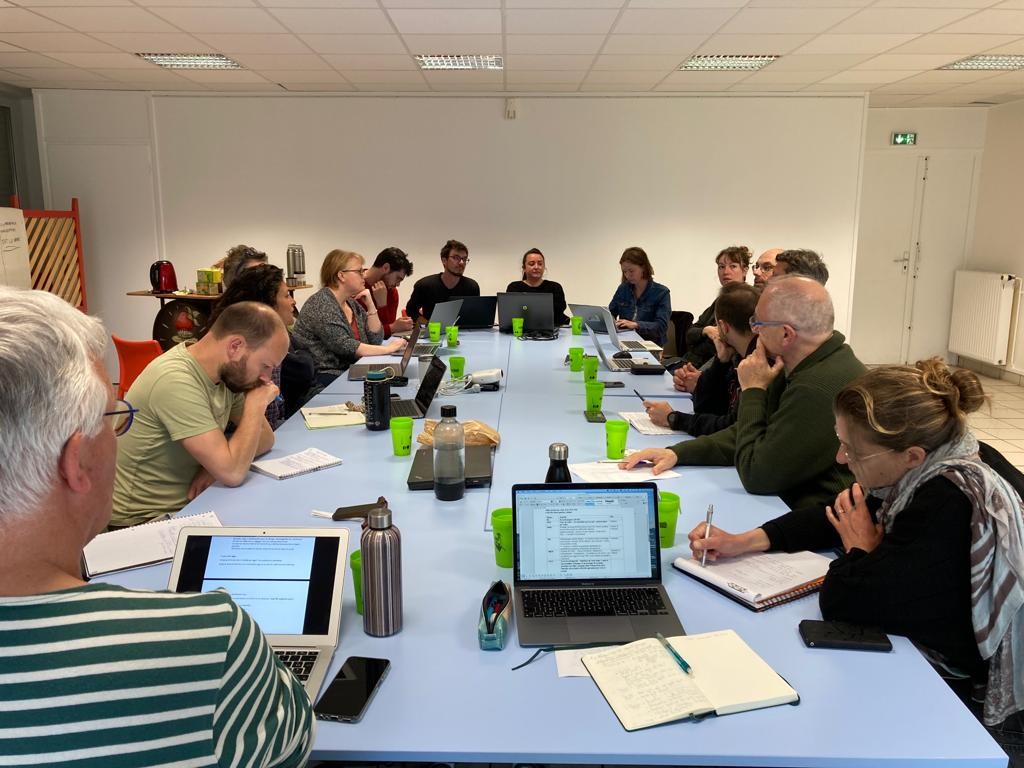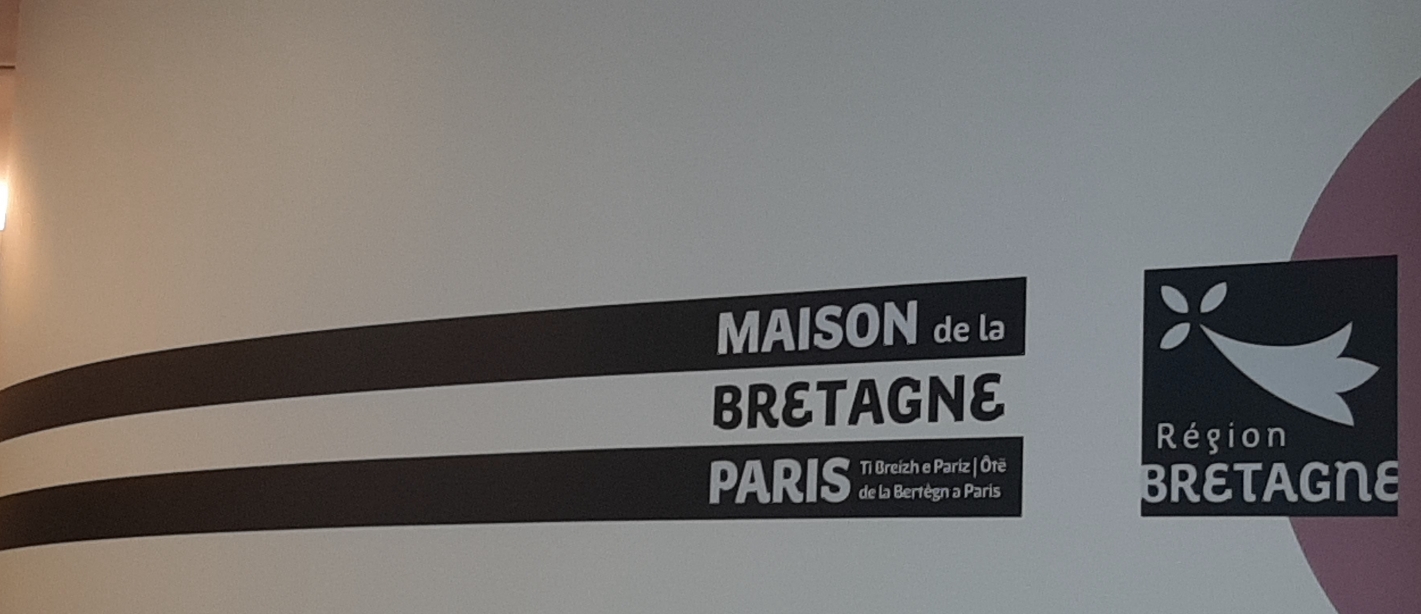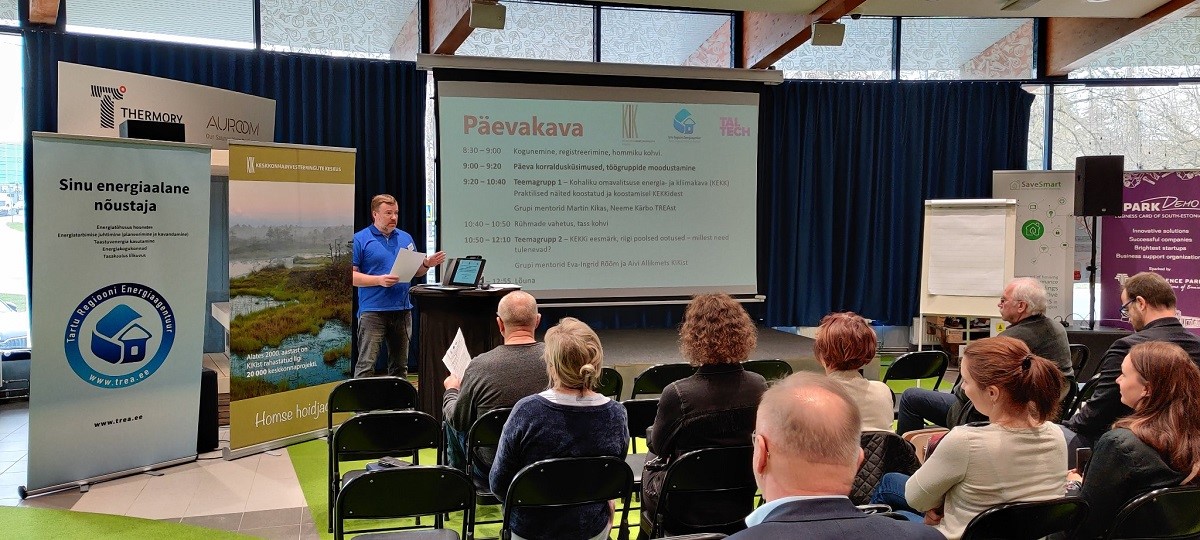Developing Sustainable Energy and Climate Plan (sometimes known as Climate and Energy Plan) is a crucial step when promoting community energy as the plan helps to frame a shared vision, set priorities and objectives, and suggest actions that will help to achieve the plan. The plan focuses on local problems like how to ensure energy supply and how to prevent energy poverty. Behind these problems lies a bigger question about community energy role in the global context: how can local decisions reduce the impact of climate change and help adapt to changing situation?
TREA (Tartu Regional Energy Agency) gives us an insight into the advantages of Climate and Energy Plans and explains how POTEnT can support the shift in sustainable energy planning practices in Estonia.
Which are the advantages of Climate and energy Plans?
One of the biggest strengths of this integrated planning approach is the advanced cooperation between the community and the local government. Until now, developing plans for the Energy Sector has been a closed process where only experts and politicians establish their vision for the common future. Climate and Energy Plan has a different format as it allows the voice of the community members to be heard. It can highlight and address challenges/opportunities that require more effort than the day-to-day work of public officials.
The second important advantage of Climate and Energy plans for the community to make future-proof investments is the implementation of the thorough impact assessment of different energy technologies. The most detailed analysis is made during the emissions inventory when the climate impact of the region is evaluated using the CO2 emission units.
This analysis can be used to evaluate the implementation of different technological solutions and it expresses the environmental footprint of the region using comparable numbers. This is where Climate and Energy plan differs most from the method used so far - the so-called demand-driven energy planning aimed at providing energy services with the lowest price possible.
In the present time, it is common sense that planning local economies only based on the assessment of financial cost is an outdated practice. The Sustainable Energy Action Plan method, which was used previously in an intermediary period, is one step ahead of this, as it includes emission analysis to the process. Going even forward, Climate and Energy Plan is offering a novel and considerably broader view when planning the future of a community. With this methodology, communities are able to precisely assess the energy resources, the applicability of technologies, cost, environmental and climate impact, and whether the community is ready to implement them.
What is the current situation in Estonia, and how POTEnT is expected to contribute?
Until now, just less than ten Climate and Energy Plans have been developed in Estonia. Tartu Regional Energy Agency has participated in developing six of them, adopting the methodology suggested by the Covenant of Majors.
TREA also participated in developing Tartu Sustainable Energy and Climate Plan “Tartu Energy 2030”, which was finalized after two years of preparation. The development of sustainable energy planning practices in Estonia is supported by the international POTEnT project that is helping the public institutions to inspire each other for envisioning better energy services for their communities.







